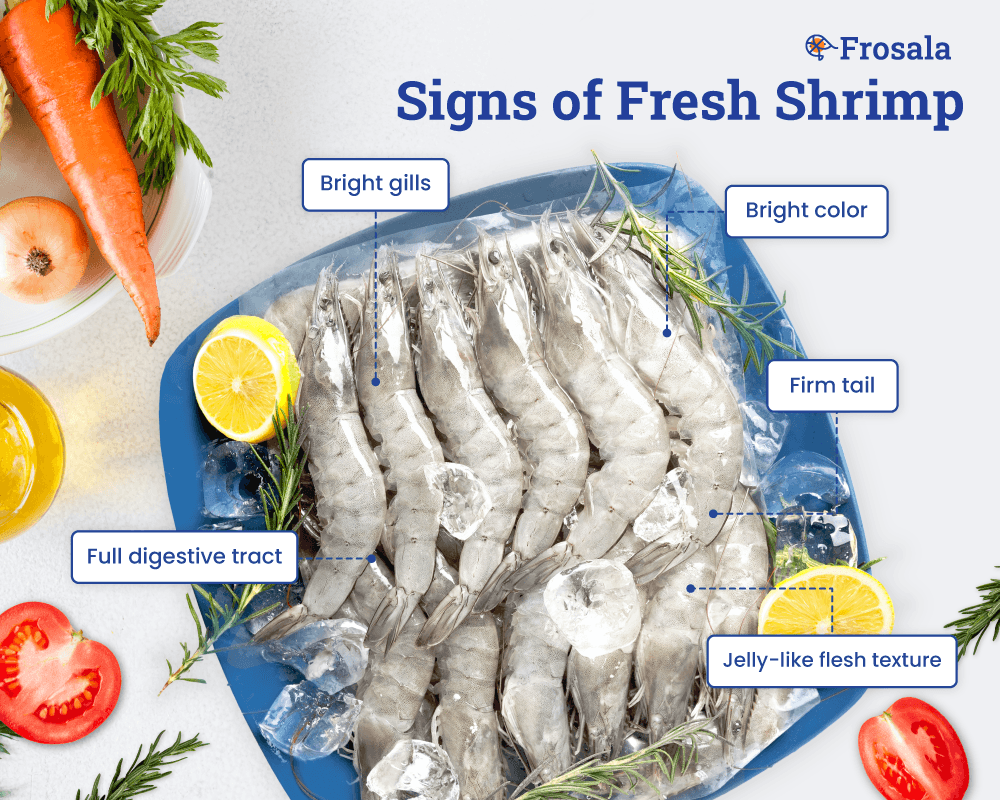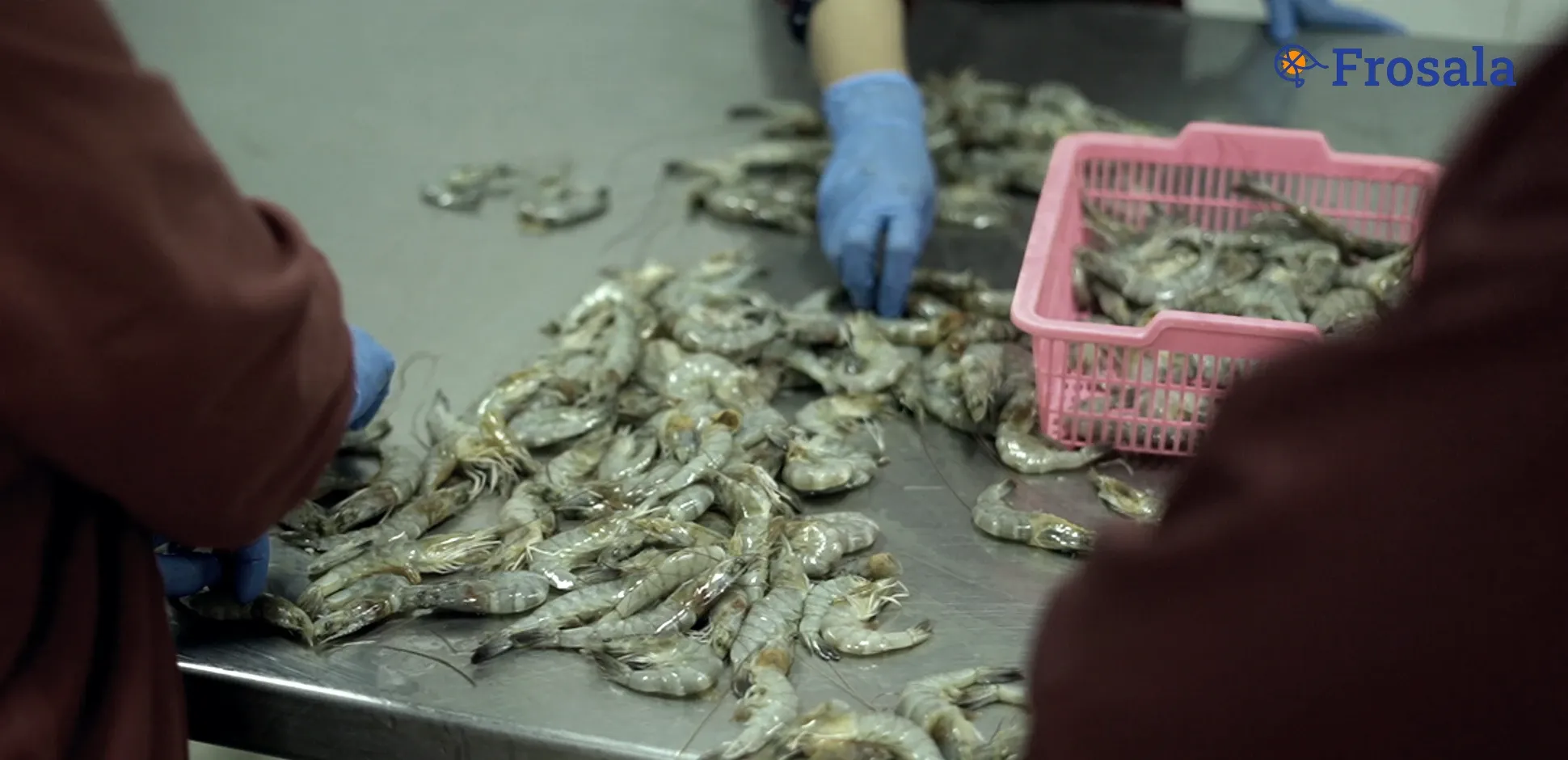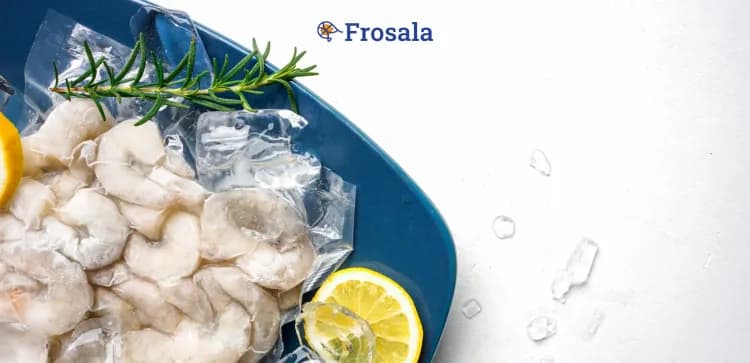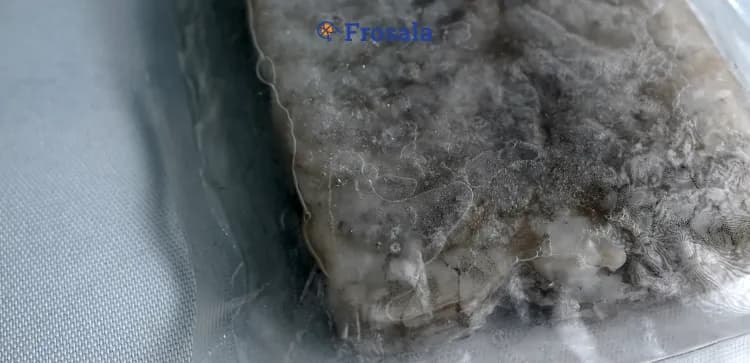When buying shrimp, checking the quality and freshness is crucial not only to ensure the flavor of the dish you cook, but also for the health of you and your family. Fresh shrimp have a bright color, a firm tail, and a full digestive tract, which distinguishes them from spoiled shrimp. Learn more about the characteristics of fresh shrimp and how to choose them here!
Signs of Fresh Shrimp
 There are various signs that show the freshness of shrimp. Here are the characteristics to look out for when shopping for fresh shrimp:
There are various signs that show the freshness of shrimp. Here are the characteristics to look out for when shopping for fresh shrimp:
1. Bright Color
The first sign of fresh shrimp is its color. The color of fresh shrimp is slightly transparent pink or gray.
2. Firm Tail
Fresh shrimp can also be assessed by their tails. The tail of fresh shrimp should be firm and tightly curved, not limp.
3. Bright Gills
In addition to the overall color of the shrimp, fresh shrimp also have bright red gills.
4. Full Digestive Tract
Fresh shrimp should also have a full and intact digestive tract or gut. A full gut indicates that the shrimp has a healthy digestive system and is absorbing enough nutrients from its feed.
5. Jelly-like Texture
The freshness of shrimp can also be checked from its flesh texture. The texture should be firm and jelly-like. Softness or crumbliness indicates a decrease in shrimp quality.
Signs of Spoiled Shrimp
Unlike fresh shrimp, spoiled shrimp have several different characteristics. Here are the signs that shrimp is spoiled:
1. Releases a Pungent Odor
Spoiled shrimp will release an unpleasant or ammonia-like odor, which is strong and acrid with a hint of metallic odor. This odor is different from the typical ‘seafood’ or aquatic smell of shrimp and other seafood.
2. Slimy Shell
Shrimp shell that releases slime shows that the shrimp is no longer fresh and has entered the decomposition phase, making it unsafe for consumption.
3. Murky White Color
Spoiled shrimp, especially diseased ones, usually have a pale or murky white flesh. This murkiness can also be observed in the eyes.
4. Black Spots
Black spots are another sign of spoiled shrimp. These spots are caused by bacteria exposure when shrimp is not stored properly.
5. Empty Digestive Tract
For whole shrimp, an empty gut indicates that the shrimp has caught a disease, causing them to lose their appetite or even stop eating at all. The presence of pathogens or disease-causing bacteria in shrimp speeds up decomposition, and may affect the health of consumers if the shrimp are cooked and consumed.
How to Choose Fresh Shrimp
After knowing the differences between fresh and spoiled shrimp, check out these tips when shopping for fresh shrimp to ensure you make the right choice!
1. Observe the Shrimp’s Color and Aroma
The easiest way to choose fresh shrimp is by observing the color and aroma. Fresh shrimp should have a bright color with a distinct seafood aroma.
2. Check the Shrimp’s Texture
You can also press shrimp to check its freshness. Fresh shrimp will have a firm and slightly elastic texture. On the contrary, spoiled shrimp will easily release water and crumble when pressed.
3. Ensure the Body’s Adherence
In fresh shrimp, the shell should adhere tightly to the body, having no murkiness or black spots. The head should also remain attached to the body.
Conclusion
Fresh shrimp should have a bright color, aquatic aroma, an intact body, and a full digestive tract. On the other hand, spoiled shrimp release an unpleasant odor, have a crumbly texture, and their shells are often slimy with black spots.
By following these tips for selecting fresh shrimp, you can obtain the best quality shrimp and avoid health risks. Looking for high-quality shrimp with guaranteed freshness? Trust Frosala to fulfill your needs! Frosala shrimp are harvested from professional farms and processed using same-day freezing, ensuring their quality is always well-maintained. Order Frosala now!



